Andrés Moreno Hoffmann
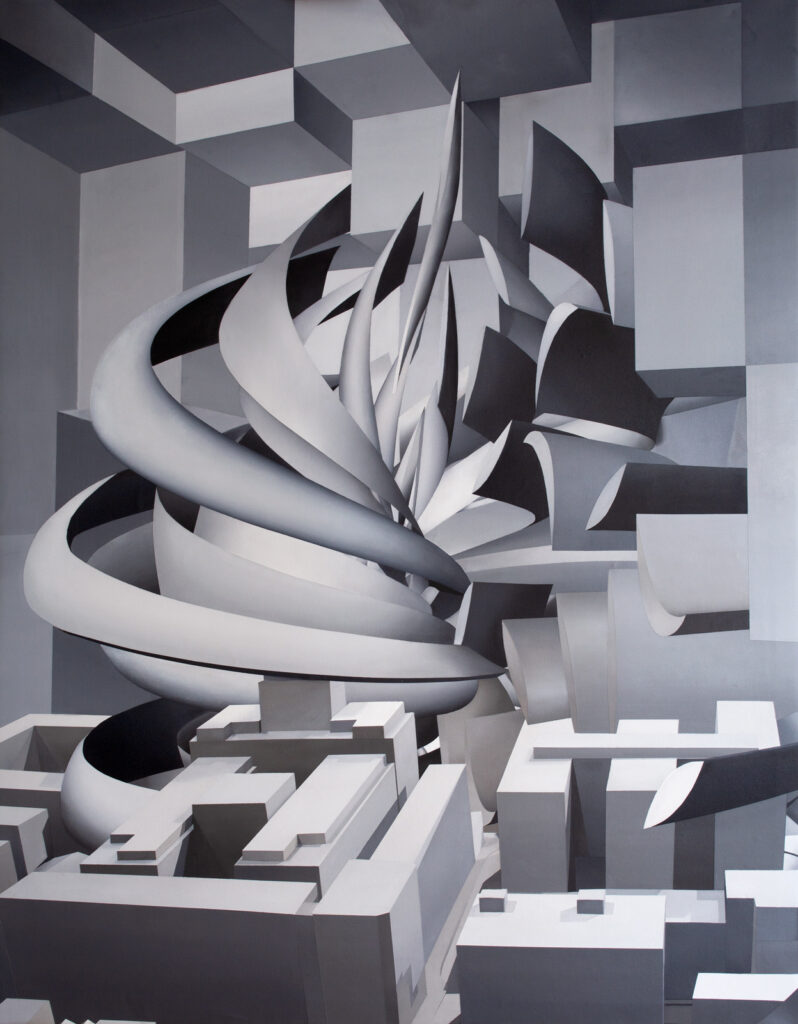
Oil on canvas
146 x 114 cm
Andrés Moreno Hoffmann (1977) is a plastic artist, founder and artistic director of Casa Hoffmann. He completed his bachelor of Fine Arts at the University of Barcelona, and obtained the Advanced Studies Diploma in the program of Doctorate in Painting in the Digital Era: Affinity and Specificity at the same in-stitution. He holds a master in Art Direction and Communications Strategies from the Superior School of Design and Engineering of Barcelona | ELISAVA. He currently works as a professor at the Design Department at the University of Los Andes in Bogotá.
Throughout his ample trajectory it is possible to highlight exhibitions of his works at ZONAMACO. | México Contemporary Art with Espacio Continuo Gallery (2020), PINTA MIAMI | Crossing Cultures, invited by the curator Oscar Roldán Alzate (2019), ARTBO | International Art Fair of Bogotá (2019), Sluice Exchange Berlin Biennial (2018), Swab Barcelona International Contemporary Art Fair (2017), Exchange Rates | The Bushwick International Exposition by Sluice at The Buggy Factory in New York (2016), and at the Off Axis Colombia Pavilion during JUSTMAD6 (2015) in Madid, Spain, among others. Among his individual exhibi-tions it is possible to highlight Espacio, at the Contemporary Art Museum of Bogotá | MAC; and Paisajes, at the Planetarium of Bogotá. Additionally, he has participated in multiple collective shows, such as Juntos Aparte, during BIENALSUR at the National Museum of Colombia; Círculo y cuadrado, at Espacio Continuo Gallery (Bogotá); ASONANTE, El sonido como materia plástica, at the Casa Bolívar Cultural Center (Bogo-tá); and Intervalo, at the Las Cigarreras Cultural Center (Alicante), amidst others.
During his career he has worked as an artist, cultural manager, and researcher. He is the creator and artis-tic director of projects as CIBER ERA (2019-2021), exhibited at the Art Museum of Pereira and at the Con-temporary Art Museum of Bogotá; TECNOTRÓPICO (2018), selected by the curator Carolina ponce de León to be exhibited at the Artecámara section of ARTBO; and TRAVSVERSAL (2020), exhibited at Casa Hoffmann. He has also been invited to give talks and conferences at PINTA MIAMI 2020, the Contemporary Art Museum of Panama, and the French Alliance of Panamá.
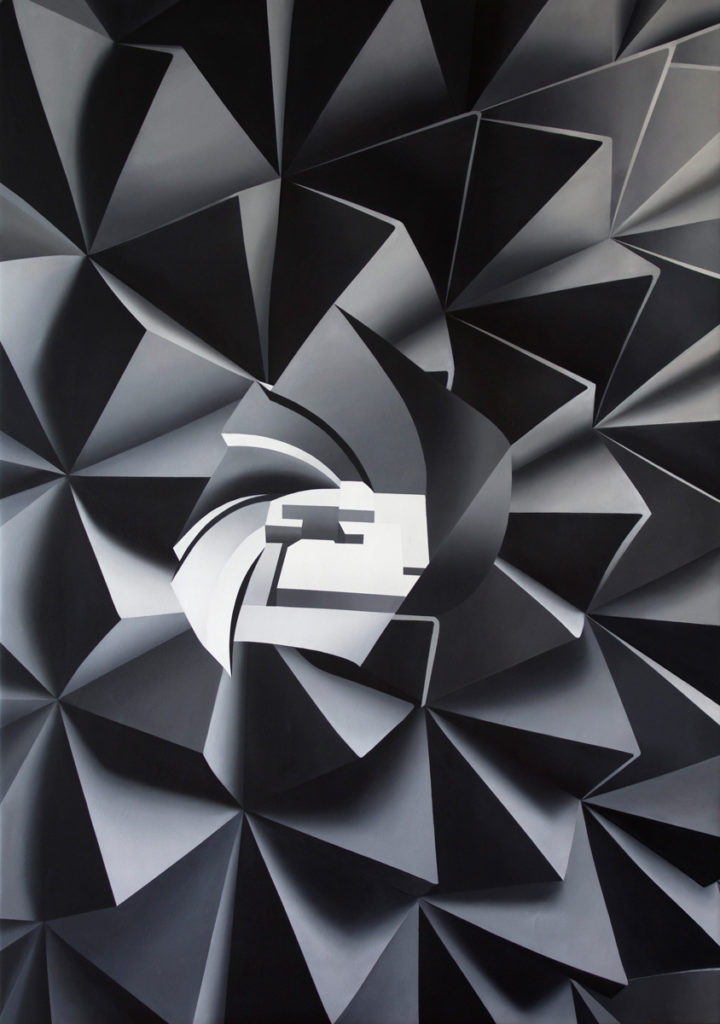
Oil on canvas
162 x 114 cm
Dimensiones espaciales | Spatial Dimensions
In 2018, two teams of scientists led by Mikael Rechtsman, a physicist from Pennsylvania State University, and in parallel, Oded Zilberberg’s team in Switzerland, published in the journal Nature, two complementary research papers on the field of subatomic particles and the Quantum Hall effect, which only occurs in the fourth dimension. The studies proposed a way by which it would be possible to observe higher-dimensional phenomena from a lower-dimensional system. To analyze four-dimensional space in three-dimensional space, the researchers conducted their experiments in two dimensions, observing the three-dimensional shadow that was projected from the fourth dimension.
This type of scientific research is consistent with a millenary tradition present in the history of art, which has been dedicated to recreating multidimensionality through two-dimensionality. Our nature as three-dimensional beings and the physiological impossibility of being able to physically experience a larger number of dimensions, in addition to the temporal one, has not been an impediment for artists to seek the representation of the fourth spatial dimension, or a greater number, which would be imperceptible to us. During the Renaissance, with the development of perspective, spatial representation evolved to three linear dimensions, surpassing the medieval vision of only two dimensions. At the beginning of the 20th century, when the search for mimesis with nature was abandoned in art and Albert Einstein published his theory of special relativity and introduced the concept of space-time, a group of avant-garde artists, inspired by those advances in physics and non-Euclidean geometry had been dedicated to capturing four-dimensionality on canvas.
Based on references from particle physics, quantum physics, architecture and geometry, the Spatial Dimensions project adheres to the reflection on the ability to represent multiple dimensions onto a two-dimensional plane. The project seeks to recreate two variables. The first is inspired by the physical theory of superstrings, which states that there are ten, eleven or twenty-six dimensions, where thin strings vibrate, impossible to distinguish due to their microscopic sizes. The second is the review of how we perceive the concept of the straight line. Assuming that everything is oscillating in the cosmic fabric, the natural state of the line would be ninety-nine percent curved.

Oil on canvas
146 x 114 cm
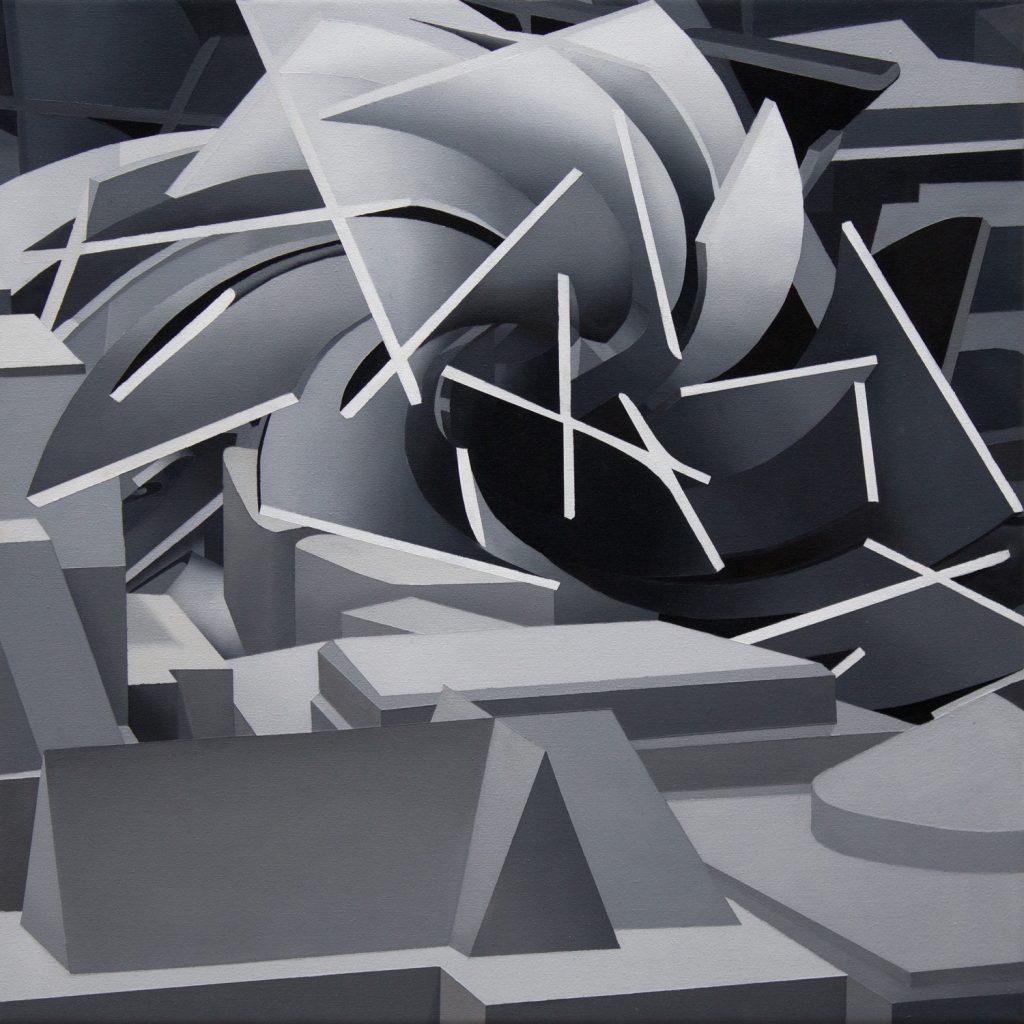
Oil on canvas
64 x 64 cm
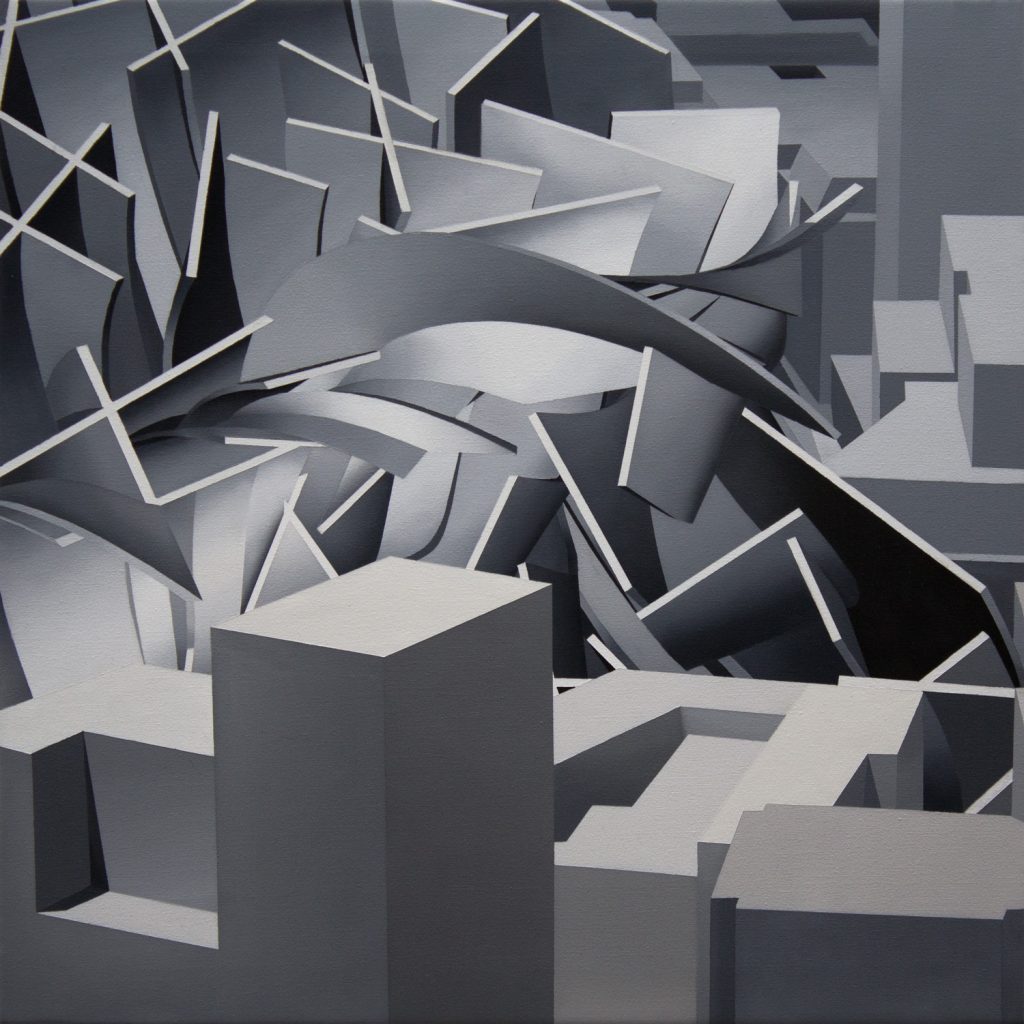
Oil on canvas
64 x 64 cm
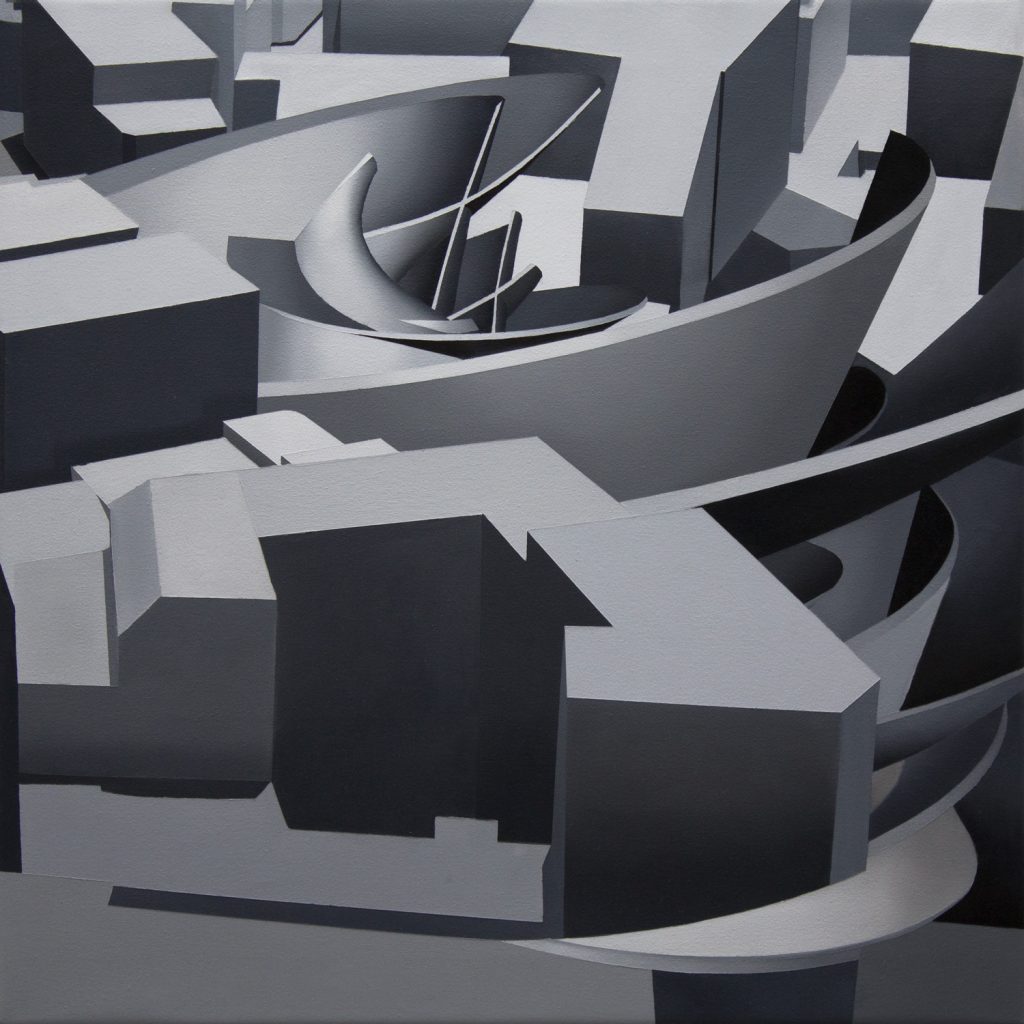
Oil on canvas
64 x 64 cm

Oil on canvas
64 x 64 cm

Oil on canvas
146 x 114 cm
